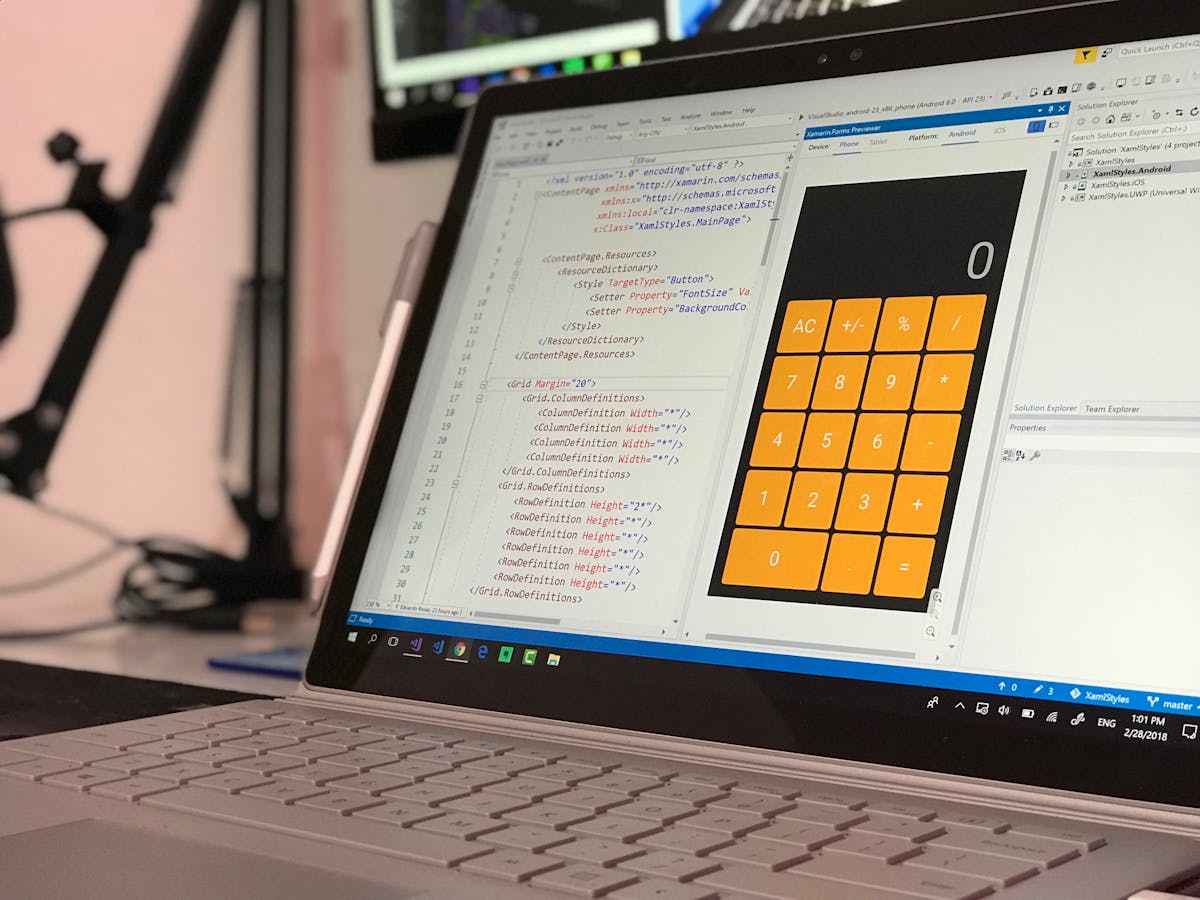Comprehending Full-Stack Development: Why It Is Very Important for Modern Software Program Engineering
Full-stack development has arised as a crucial part of modern software application engineering. It envelops the ability to browse both back-end and front-end innovations. This dual proficiency improves collaboration within groups and enhances project process (niels denekamp linkmedia). As companies look for efficiency and technology, the function of full-stack developers comes to be significantly essential. What details abilities and tools do these developers require to prosper in a quickly progressing landscape?

The Duty of Full-Stack Developers in Software Projects
The landscape of software development is diverse, full-stack developers play an essential function by linking the void between front-end and back-end innovations. These specialists possess a wide capability that allows them to deal with all layers of an application, from customer interfaces to server-side logic. Their flexibility enables them to comprehend and implement both client-side frameworks and server-side programming languages, promoting smoother interaction among group members.In software program jobs, full-stack designers are capable of taking care of numerous tasks, such as developing databases, producing APIs, and maximizing individual experiences. This complex proficiency enables them to recognize and settle issues across the entire pile, making sure a reliable and natural growth procedure. Furthermore, their ability to comprehend the complete design of a project cultivates cutting-edge services that can boost performance. Ultimately, full-stack programmers are vital assets, driving projects forward by integrating varied modern technologies perfectly.
Advantages of Full-Stack Growth for Teams and Organizations
Full-stack advancement supplies substantial benefits for groups and organizations by promoting higher cooperation and effectiveness. By making it possible for developers to function throughout both front-end and back-end innovations, full-stack advancement reduces communication barriers in between staff member. This versatility enables smoother project changes and quicker trouble resolution, as designers have an all natural understanding of the entire application.Moreover, full-stack designers can add to numerous stages of the growth process, causing optimized resource appropriation and minimized reliance on numerous professionals. This versatility can increase project timelines, eventually improving performance. In addition, companies take advantage of a more natural team dynamic, as full-stack developers can facilitate understanding sharing and mentorship, fostering a society of continual learning.
Important Abilities for Striving Full-Stack Developers
To do well in full-stack development, aiming programmers should cultivate a varied collection of abilities that cover both front-end and back-end modern technologies. Efficiency in HTML, CSS, and JavaScript is fundamental for crafting engaging user interfaces. Recognizing frameworks such as React or Angular enhances their capacity to build dynamic applications. On the back end, familiarity with server-side languages like Node.js, Python, or Ruby is vital, in addition to expertise of data source management making use of SQL or NoSQL systems.Additionally, aiming full-stack designers must grasp variation control systems, particularly Git, to successfully take care of code changes. They have to also appreciate RESTful APIs and exactly how to integrate them right into applications. Knowledge with responsive style concepts warranties usability across tools. Solid problem-solving abilities and a solid understanding of software development methods are crucial for navigating complex jobs. By grasping these skills, aiming programmers position themselves for success in the competitive landscape of full-stack advancement.
Devices and Technologies in Full-Stack Development
A variety of modern technologies and devices play essential duties in the full-stack development process. Front-end advancement normally entails frameworks such as React, Angular, or Vue.js, which make it possible for designers to develop dynamic customer interfaces. For styling, CSS preprocessors like SASS and devices like Bootstrap streamline the design process. On the back end, technologies like Node.js, Python with Django, or Ruby on Rails are generally made use of to deal with server-side reasoning. Data sources, consisting of SQL (MySQL, PostgreSQL) and NoSQL (MongoDB), are crucial for information storage and retrieval.Additionally, version control systems, considerably Git, are crucial for cooperation and click this handling code modifications. Programmers usually leverage cloud services such as AWS or Azure to release applications, ensuring scalability and integrity. Continual integration and implementation (CI/CD) tools better boost the advancement process by automating testing and release procedures. Collectively, these tools allow full-stack programmers to build effective, modern-day applications that satisfy varied user needs.

Future Fads in Full-Stack Development and Its Effect on the Market
As the innovation landscape develops, patterns in full-stack growth are significantly forming the future of the market. One significant fad is the expanding adoption of low-code and no-code systems, which empower non-developers and developers alike to develop applications with marginal coding expertise. This democratization of this content development increases project timelines and fosters innovation.Additionally, the rise of microservices design enables more scalable and modular applications, enhancing partnership among teams and improving deployment processes (niels denekamp aether).Furthermore, the integration of synthetic knowledge and artificial intelligence right into full-stack development tools is streamlining operations, enabling developers to focus on complicated tasks while automating recurring functions.Lastly, with the increasing emphasis on remote work, a change in the direction of cloud-based growth environments is anticipated, allowing global cooperation and adaptability. These fads collectively suggest a future where full-stack growth comes to be more efficient, available, and important to the tech industry's development
Frequently Asked Inquiries
What Is the Ordinary Salary of a Full-Stack Programmer?
The typical income of a full-stack programmer differs significantly based upon firm, location, and experience size. Generally, it varies from $70,000 to over $120,000 each year, showing the demand for versatile technology professionals in today's market.
For how long Does It Take to Become a Full-Stack Programmer?
The moment needed to become a full-stack developer varies commonly (niels denekamp dubai). Commonly, people might take 6 months to two years, depending upon prior experience, dedication, and the intricacy of the modern technologies they pick to find out
Do Full-Stack Developers Work Better in Teams or Separately?
The efficiency of full-stack designers differs; some flourish in joint team environments, leveraging varied skills, Get the facts while others stand out individually, demonstrating self-sufficiency. Inevitably, their performance depends upon individual choices and project needs.
What Industries Employ Full-Stack Developers the A Lot Of?
Various markets actively seek full-stack designers, with modern technology, medical care, shopping, and money blazing a trail. These sectors value their convenience, enabling them to efficiently take care of both front-end and back-end advancement tasks within jobs.
Are Full-Stack Developers in High Need Internationally?
Full-stack programmers are undoubtedly in high need worldwide, as their versatile ability permits them to navigate both back-end and front-end innovations, making them important properties to companies seeking agile and effective software application growth solutions. The landscape of software application growth is varied, full-stack designers play an important duty by linking the gap in between front-end and back-end innovations. Their adaptability allows them to recognize and apply both client-side frameworks and server-side programs languages, facilitating smoother interaction among group members.In software application tasks, full-stack developers are capable of taking care of various tasks, such as designing databases, producing APIs, and optimizing individual experiences. By enabling developers to function throughout both front-end and back-end innovations, full-stack development minimizes communication obstacles in between group members. To do well in full-stack development, aspiring designers must grow a diverse set of abilities that span both front-end and back-end technologies. Different industries proactively seek full-stack developers, with technology, ecommerce, financing, and medical care leading the way.